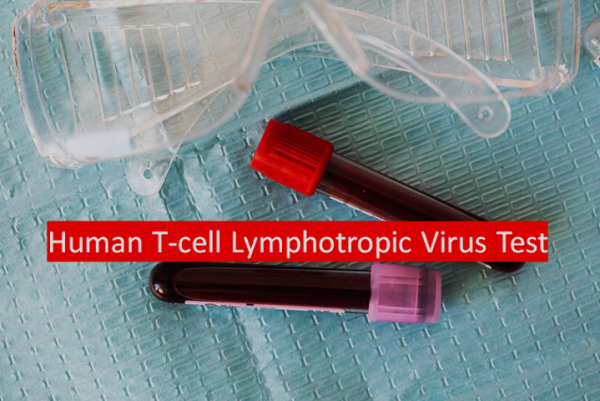
HTLV -Human T-cell Lymphotropic Virus Presence Test
HTLV is a virus that can be transmitted through blood contact. Screening may be conducted to identify infected donors. HTLV testing in blood donors is an essential component of blood safety protocols. HTLV is a group of viruses that can infect T cells, a type of white blood cell. HTLV-1 and HTLV-2 are the two main types of HTLV, with HTLV-1 being the more clinically significant type. Testing blood donors for HTLV helps ensure that the donated blood supply is safe for transfusion recipients.
The primary method used for HTLV testing is the enzyme immunoassay (EIA) or enzyme-linked immunosorbent assay (ELISA). Confirmatory tests, such as the Western blot or immunoblot assay, are performed to validate the result if the initial antibody test is reactive.
It’s important to note that HTLV testing in blood donors is highly sensitive and specific. Modern testing methods have greatly improved the safety of the blood supply. Donors are encouraged to provide honest and accurate information about their medical history and behaviors to ensure the safety of the donated blood.
Other types of tests include:
Zika Virus: In regions with a history of Zika virus outbreaks, donors may be screened for Zika virus to prevent its transmission through blood.
Bacterial infections: Blood samples may also undergo tests for bacterial contamination to ensure the safety of the blood supply.
Image credit: Photo by Karolina Grabowska: https://www.pexels.com/photo/medical-eyeglasses-and-full-of-blood-vials-on-diaper-4230620/ (cc by 0)
Author: Sumana Rao | Posted on: September 7, 2023
« Testing For Cytomegalovirus CMV Homemade Oil Recipes For Pain Relief »






















Write a comment